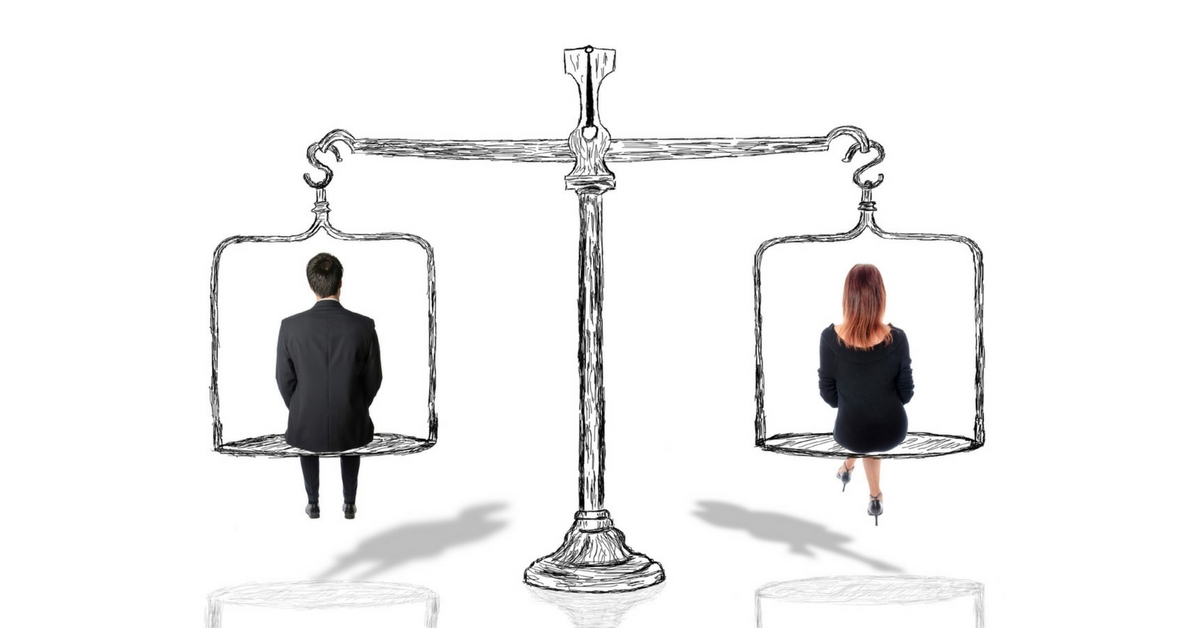Comparative Negligence Laws in California
Did you know that you still qualify to recover if you’re partially at fault for the injuries and damages in an accident in the state of California? In most cases, an accident leading to the injury is not the fault of one party. Under the comparative negligence doctrine, you’re still eligible for compensation even if you had a role in the accident. Both you (the plaintiff) and the defendant are to share a certain degree of fault for the accident based on their degree of carelessness.
Comparative Negligence Laws
Before the comparative negligence law came in place, California adhered to the contributory negligence statute. The laws stated that if in a legal claim the plaintiff is found at fault (however little) for his/her bodily injuries and damages, they relinquish the right to compensation. In 1975, the California Supreme Court ruled that the jurisdiction was unfair and then ordered the adoption of an innocuous rule. That saw the implementation of the comparative negligence law also known as ‘comparative fault’ or ‘shared fault.’
When Does the Comparative Fault Law of Apply?
The defendant may argue that the plaintiff’s carelessness or negligence contributed to his/her accident leading to bodily injuries and damages. In that case, the defendant has to present proof of the following two things;
- The plaintiff’s actions were pure negligence
- And the negligence or carelessness was directly the cause of the accident
California’s Pure Comparative Negligence Rule
Comparative negligence is not the same in every state. Some states have placed caps in that if the plaintiff is responsible for 50 percent or more for the accident, they’re barred from any form of recovery. Thankfully, the law is no longer applicable in California. Under the pure comparative negligence rule, you’re eligible for a percent of the settlement even if you’re 99 percent at fault for the accident that caused your injuries and losses.
Apportioning Responsibility for Comparative Negligence in California
In personal injury lawsuits involving more than one party, they have to share the responsibility out of the total 100 percent. The jury has to determine the damages (if any) to the plaintiff. After that, the court determines and assigns each of the defendants a portion of the total percentage of the damages that each contributed while disregarding the percentage of the fault by the plaintiff.
Suppose John rammed into your car with his car and it was found that he was intoxicated when driving. If during the accident you were using your cell phone behind the wheel; the odds are high you’ll also be partially at fault. If the jury determines that you’re responsible for 20% of the blame and the total damages you suffered amounted to $80,000, the comparative negligence standard dictates that you receive $60,000 in compensation.
California Comparative Fault If Both Parties Sue
In cases where both parties sue for injuries and losses, it means the first party files claim while the defendant files a counterclaim. If the jury rules that both parties share the blame, damages and fault are determined separately with each receiving separate awards.
California Personal Injury Lawyers for Partial Fault in an Accident
If you’re partially at fault in an accident, you’re still eligible for compensation. Johnson Attorneys Group will represent you in your case. In the past years alone, we’ve recovered more than $98.4 million in compensation for our customers. We don’t charge any legal fees until we’ve won and settled your case. Plus, we have our professional attorneys operating from 12 convenient locations around the state. Our lawyers will take you through the whole legal process. For free case evaluation, contact us 24/7 at 1-800-208-3538.



